Media literacy enables the populace to understand and contribute to public discourse. Sometimes the media literacy is different from factual information which will lead to conflicts. There are several reasons:
- belief and culture: different beliefs and culture can cause different explanation about certain content on the internet.
- misleading and false information: Internet is an open space for everyone to speak. information is not always true. There are many misleading and false information on the internet. We need to learn how to distinguish them.
- individual differences: not everyone has the same media literacy, therefore their texts may lead to misunderstandings and disagreements about the credibility of sources and the accuracy of information.
Having media literacy enables us to build a better environment of PLN. A network that values media literacy encourages critical thinking and evidence-based analysis. Members are more likely to engage in thoughtful discussions and evaluate information objectively, and is more likely to encourage responsible sharing of information and discourage the spread of rumors, misinformation, and clickbait content. More important, it enables us to build a friendly environment for everyone to learn. Media literacy reduces discrimination, enhance empathy, and connect people all around the world.
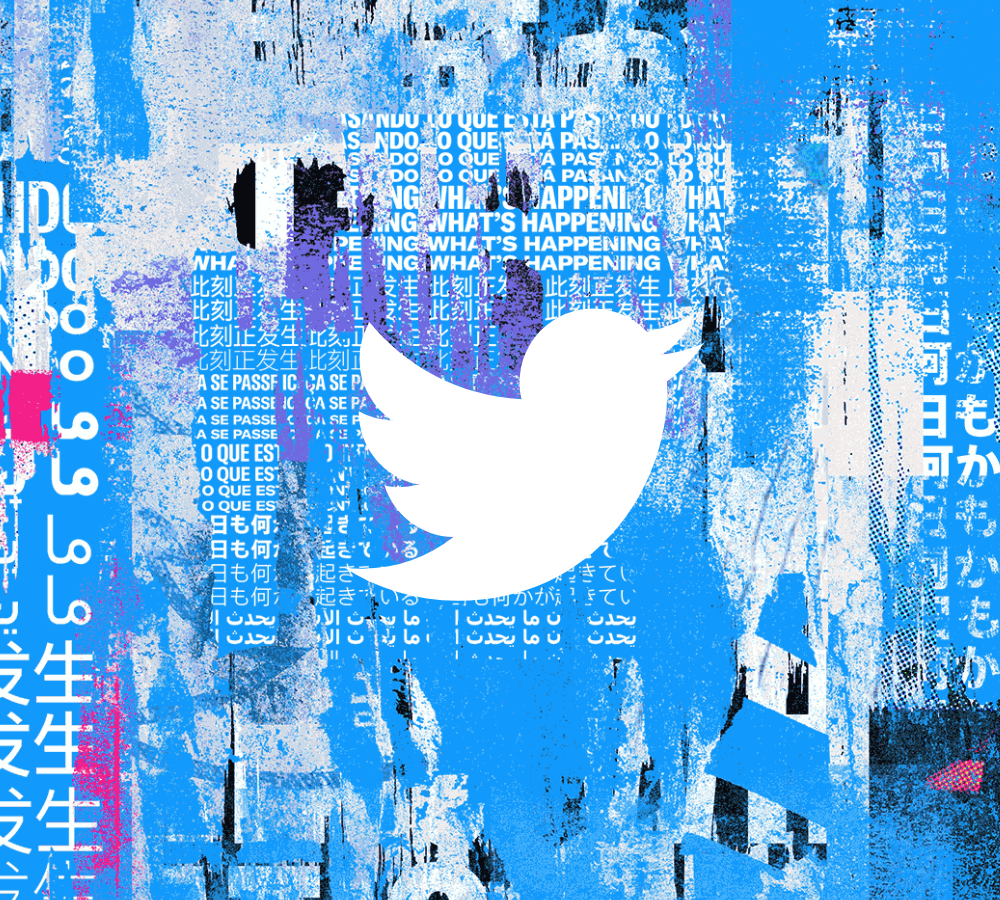

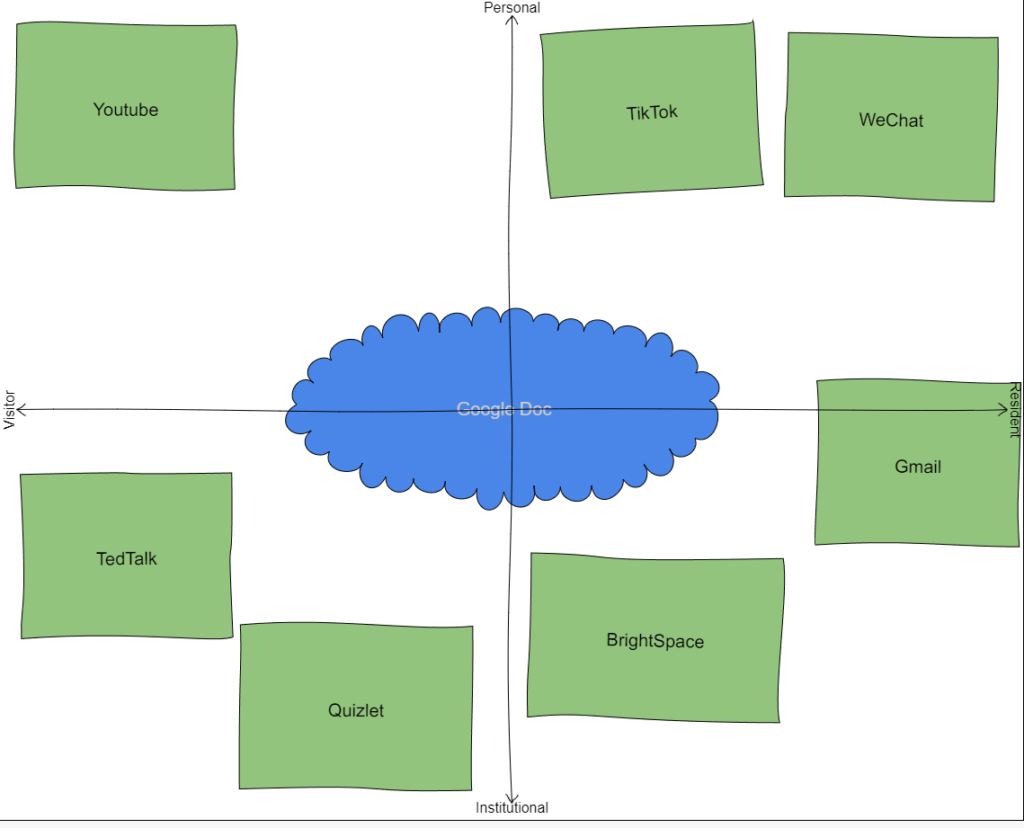
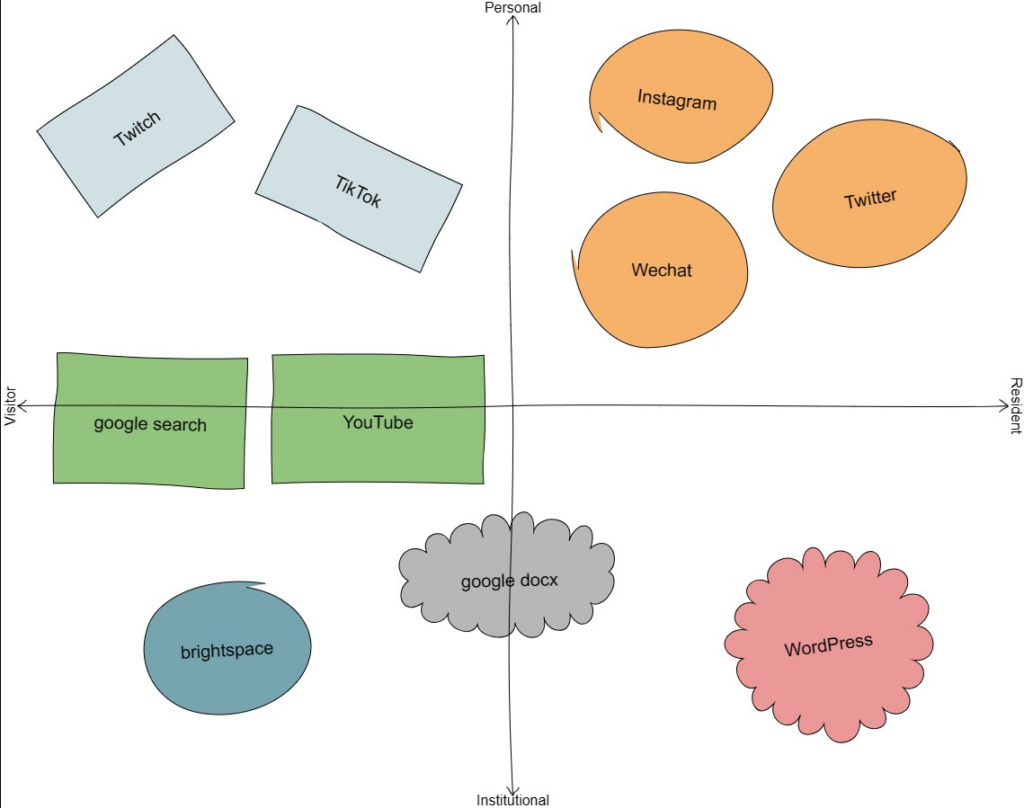
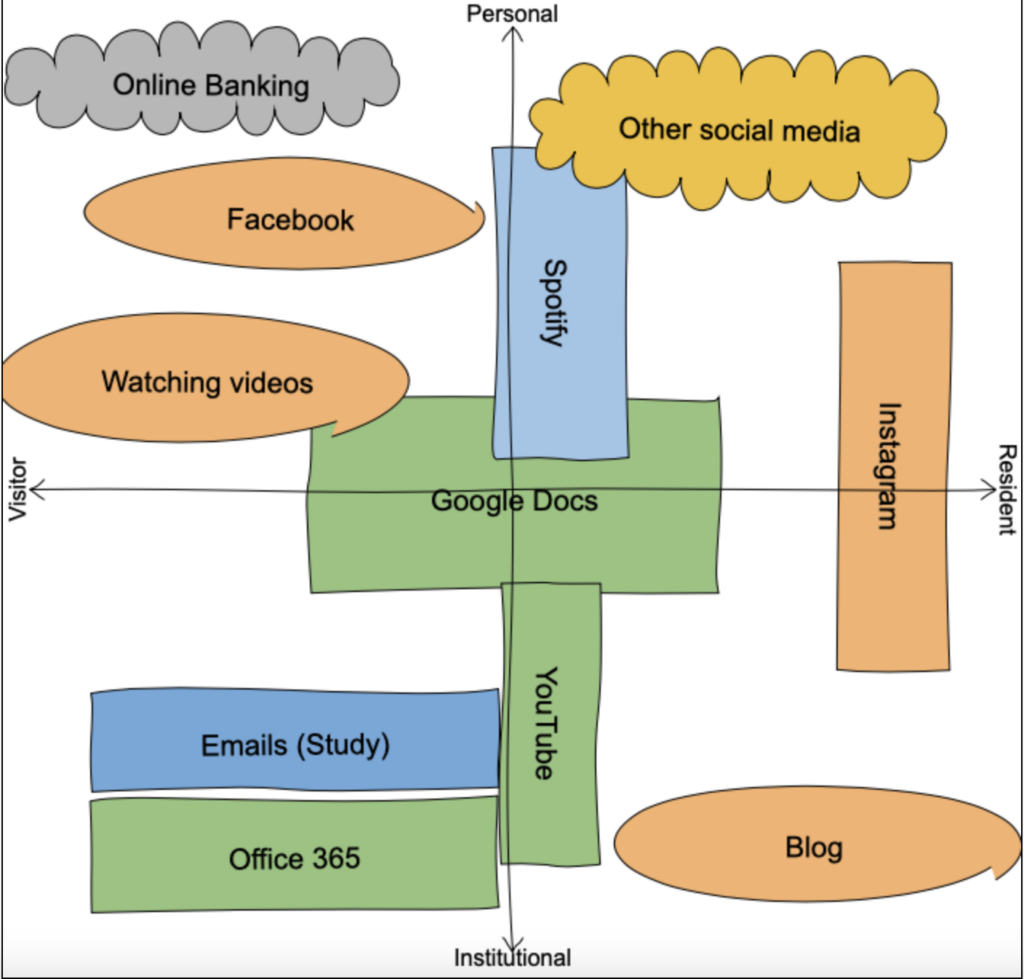
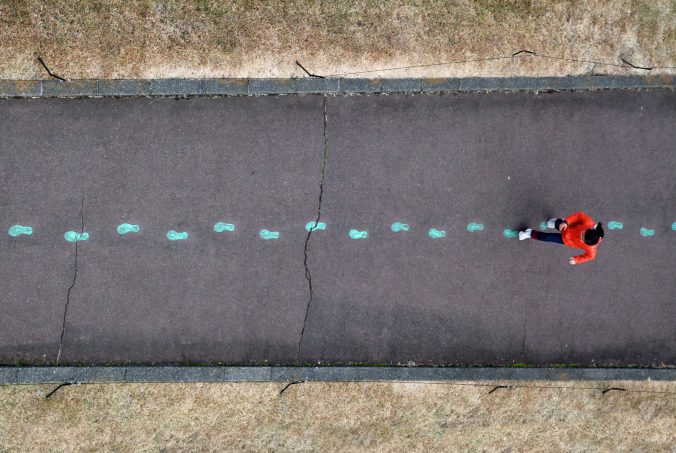
Recent Comments